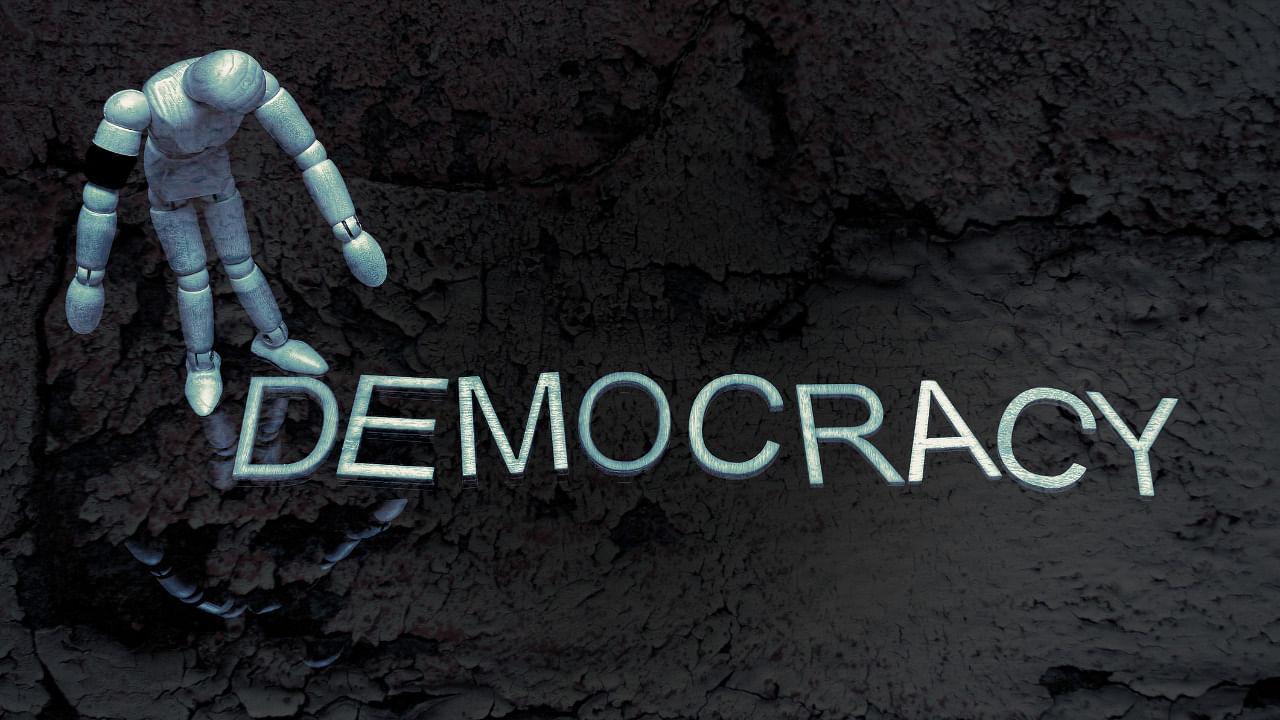
Ideological debates in India are often defined by concern for ‘socialism’, ‘capitalism’ and ‘democracy’ or ‘Left’ versus ‘Right’, etc. It is often forgotten that these are principally 19th century ideations about beliefs and worldviews but now so intensely ingrained that they have become part of an individual’s everyday reflexes. Interestingly, the ongoing technological revolution that started in the 20th century and its impact on logistics, computing power and informatics, which have altered notions of distance, scale and efficiency, though equally intensely experienced, is less well discussed.
Today’s airplanes and ships are between 10 to 15 times larger than those that were in use till the 1970s, are much faster, and can travel significantly further without needing to refuel. This has delinked the traditional relationship of transportation cost and time with distance. Illustratively, direct Delhi-London air travel is more convenient and cheaper than travel to Cairo, a popular fuel collection point up until the late 1970s. This is also why it is now cheaper to ship goods from Kolkata to Rangoon via faraway Singapore rather than directly, because now volumes dictate costing and shipment frequency rather than linear distance.
The computing revolution is best depicted by ‘Moore’s law’, which was enunciated in 1965. It is an observation, by Gordon Moore, the co-founder of computer chipmaker Intel, that based on the pace of change in semiconductor technology, computational power would double every two years. Moore had expected that the trend would last for at least a decade. It has held true till today. Thanks to that, the computational power of a smartphone today is millions of times that of the computers NASA used for the famous moon landing of 1969. There has been a matching growth in the development and use of Artificial Intelligence (AI) and communication technologies that have enabled new arenas of reality, new fields of study. Informatics has facilitated not only social media but also the fragmentation of production, value chains, educational processes and everyday routines, as have been witnessed by all of us in these Covid times.
The resultant focus on convenience and time and logistical/cost efficiencies has, in turn, been transformational. Countries are ‘flown over’ on the way to ‘cities’ which have gained in importance. The price/quality/variety combination dictates choice, not origin, despite what leaders say ‘national interest’ dictates. Yet, success or the lack of it continue to be ascribed to the 19th century ideations. This needs to change.
To illustrate, there is a recurring debate that “China is China because it is Communist and thus a dictatorship, but India being democratic remains India.” This debate ignores that China turned Communist in 1949 under Mao and remained poverty stricken while he ruled. It was transformed, in less than two decades, by Deng Xiaoping, a less confrontational personality despite belonging to the same party.
How did Deng make China the ‘factory of the world’? Recall that Mao had been purging China of all academics and professionals for over a decade through the ‘Cultural Revolution’ and the ‘Back to Farms’ movement. Where then did China get all its technology to become an industrial power by the early noughties? These skillsets have been injected into the country by the several lakhs of foreign-owned companies that are operating in China. They went to China, because all Deng did was to create an ambience of demonstrated logistical efficiency and living convenience to attract entrepreneurs. He had sent teams of trusted officials to different countries of the West to find out why they were developed. Those teams all reported similar findings. Despite these countries being manufacturing champions, it was difficult to see manufacturing or power plants anywhere outside some special, spacious and beautifully maintained industrial estates, located far from the normal line of sight. The cities themselves had wide roads and were dotted with parks, playgrounds, public spaces, markets, museums and theatres of all shapes and sizes, providing amenities to citizens, quite unlike what Communist China had become accustomed to under Mao. This, then, is what Deng set out to do in the early 1980s.
Where he also differed from Mao was that whatever it was that he was trying to do, he did not try to do it all over China. Mao had a ‘One China for everything’ policy. Deng, instead, selected three or four centres headed by his senior trusted deputies and entrusted them with the task of creating modern models for others to see. They were called SEZs, or Special Economic Zones, as they were subject to laws and practices different from the rest of China but familiar to American and European companies. It took several years for these new centres to come up, but by the early 1990s, the message had spread, and foreign businesses had started coming in droves. Skill-formation occurred. This ‘city-focused liberal law’ development model spread to over 600-700 cities, making China, China.
Are matters really so simple? Consider that India, too, has grown but not as rapidly. Then consider what could be the reason for the differential growth of Noida and Ghaziabad, despite their equal proximity to Delhi. Alternatively, consider that the US tracks about 250 cities while discussing GDP. India, on the other hand, rarely discusses urban development outside maybe 40-60 cities. We need to debate more the importance of widespread urban development outside the present favourite cities, rather than non-issues.